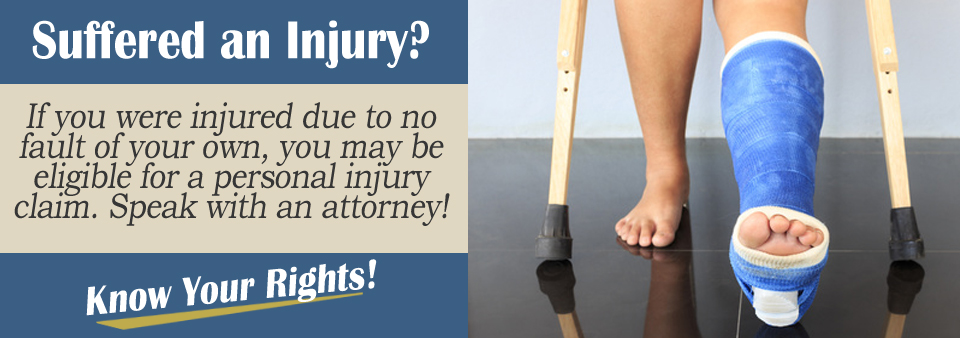When there has been an auto accident, fault must be established to determine who is liable for the damages that resulted. Of course, the faster you contact the insurance company, the more quickly you will find a resolution to your situation.
If you get in contact with the liable party’s insurance company right away, and if the at fault driver is cooperative, the process can go rather quickly. The state laws do come into play, so it also depends on how fault works in the state where the accident took place.
Fault and No-Fault
Most states are fault-based states, which means the insurer of the at-fault driver will cover the cost of damages resulting from the car accident. The at-fault driver’s liability insurance coverage will cover medical expenses, lost wages, pain and suffering, property damages, and so forth.
If it is a state with no-fault insurance laws, drivers are required to carry personal injury protection (PIP), where each driver’s own insurance will cover the cost of the insured’s medical expenses up to a threshold. Property damages are fault based, which means that those costs are covered by the insurance coverage of the at-fault driver.
How is Fault Determined?
Insurance companies establish fault based on the state’s legal definition of negligence. In some states, comparative negligence is used. Comparative negligence allows you to be compensated for damages from the other driver even if you are partially at fault for the accident.
You can only seek damages that are in proportion to your percentage of fault for the accident. If modified comparative negligence is used, which somewhat limits your ability to file a personal injury claim against the other driver.
In many states, you can only file a claim if you are less than 50% at fault for the crash. When pure contributory negligence is used, it is an all or nothing situation. Even if you were just 10% at fault for a crash, you can’t recover compensation for your damages.

Determining Fault
Several things are done to determine fault. The police report might establish fault. In addition to that accident report, you can gather evidence to support your claim. This might include photos of the crash scene and of the damages and statements from any eyewitnesses along with their contact details.
Medical records and repair estimates can also show how the impact occurred and can be used to support your accident injury claim. Keep documentation and evidence that supports your claim and that shows the severity of the damages that resulted from the crash.
Consult with a Personal Injury Attorney
If you have been involved in an auto accident, consult with a personal injury attorney. An attorney will investigate the accident and gather evidence and documentation to support your claim. With the help of an attorney, you can establish fault for the crash and get your claim on the right track.
Complete the Free Case Evaluation Form to get your claim reviewed today!